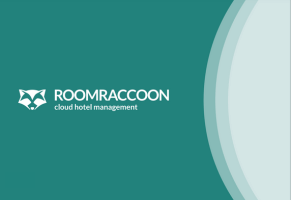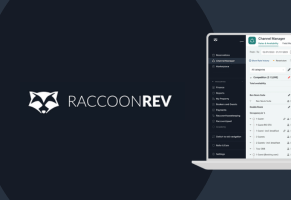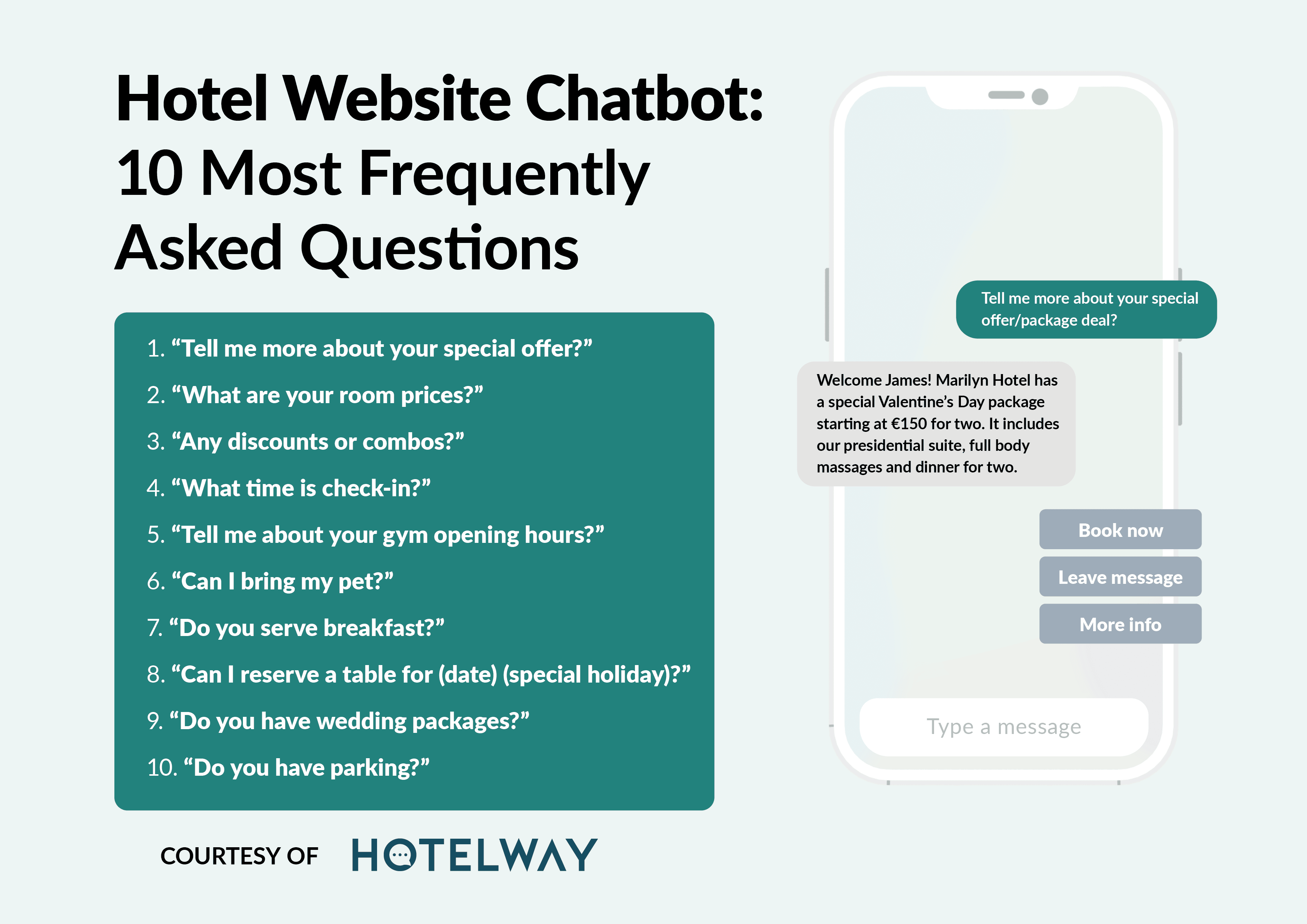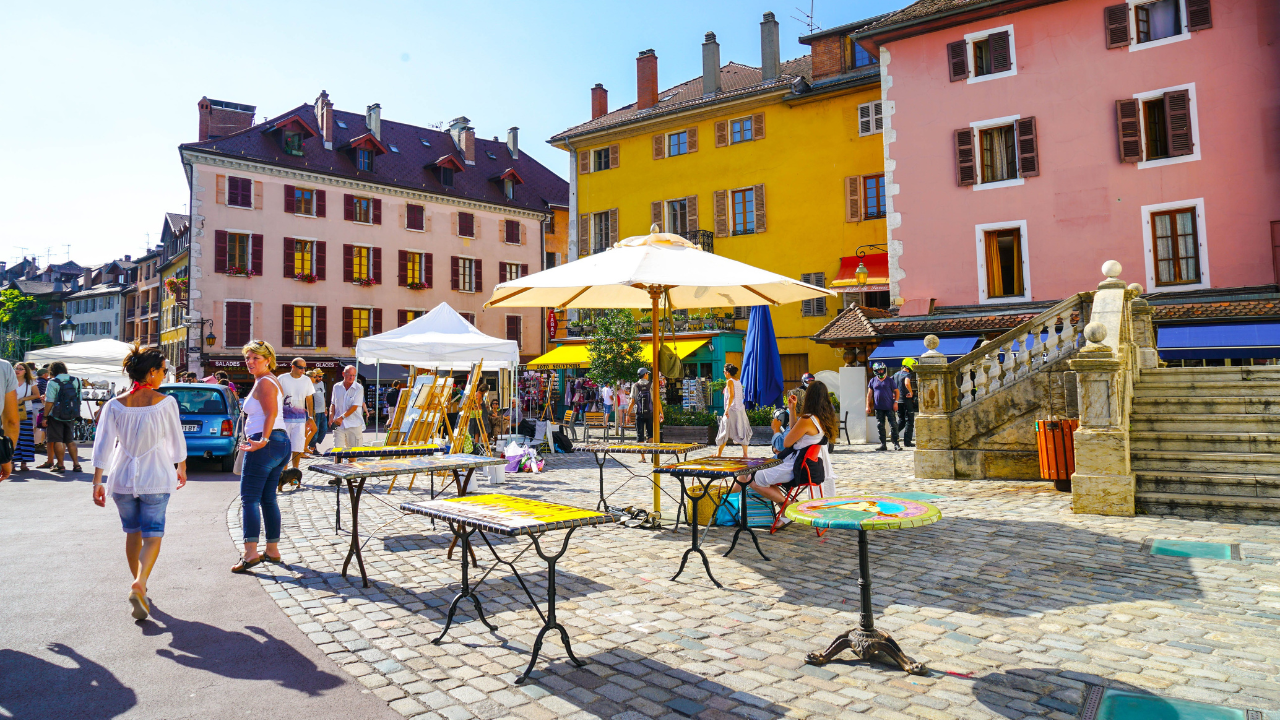Tech-Savvy Hotel Guest Experience Journey: 5 Stages
Share this post
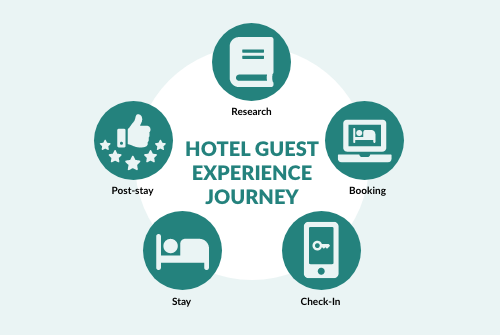
For hoteliers, it is important to understand the journey of a tech-savvy traveller. The guest experience can be broken down into five stages: research stage, booking stage, arrival stage, stay stage and post-stay stage.
Millennial travel now accounts for 40% of Europe’s outbound travel – making them the largest age group for international travel, and technology plays a crucial role in their lives.
Here, we’ll look at some of the latest technologies and travel trends in the hospitality industry, which are redefining the hotel guest experience journey.
- Stage 1: Research
- Stage 2: Booking
- Stage 3: Arrival
- Stage 4: Stay
- Stage 5: Post-Stay
Digital Hotel Guest Journey: How to Create a 5-Star Stay
Stage 1: Research
When more people can find you, more people can choose you. Travel statistics show that 90% of people do all their holiday research online, and 70% of travellers research on their smartphones.
It’s essential to have an online presence that will allow you to reach your target audience. This can be accomplished by having a hotel website that is easy to find and easy to navigate, utilising relevant social media channels, and being visible on major travel-related search channels.
Here are three ways to increase your visibility during the first stage of the hotel guest journey:
1. Metasearch channels and OTAs
Hotels can benefit greatly from using online travel agencies (OTAs) and metasearch channels like TripAdvisor. Not only are they popular sales channels, but they can also be powerful marketing tools to reach a wide audience and increase brand awareness.
According to TripAdvisor, 80% of all travellers will spend around four weeks researching a destination, taking the time to read reviews and hunting for unique travel tips to make their trip even better before booking.
When you list your property on TripAdvisor, you open up the possibility of being discovered by millions of travellers who are researching and planning their trips every day. This exposure could lead to more bookings and help fill up your calendar.
2. Reputation management
Your online reputation as an accommodation provider plays a significant part in boosting online bookings. Travel statistics state that 72% of new customers won’t book until they have spent time reading other traveller reviews.
Reviews that focus on location (proximity to the point of interest and neighbourhood characteristics) and feeling welcome (service and hospitality) are linked with higher ratings.
Gathering feedback from guests is the first step to improving your hotel guest experience journey and scoring more 5-star reviews.
Did you know that consistently responding to 75% of reviews is rewarded by review sites with an improved ranking of up to 1 point?
Review management apps like GuestRevu integrate with property management systems like RoomRaccoon to monitor, track and respond to reviews and mentions across multiple review sites – from a single dashboard.
3. Hotel website and social media channels
Whether you operate a luxury hotel or rustic lodges, your website should represent your brand and what you want your ideal guests to experience when they stay at your property. This can be done through high-quality images and visual descriptions of your rooms and property amenities.
Peer recommendations are increasingly influencing vacation choices. Hotels that use social proof in their marketing are highly effective in capturing the attention of travellers during the research stage.
A great example is Moxy Hotels which reposts user-generated images on its Instagram page and communicates with its target audience by sharing relatable quotes and sayings.
Moxy Hotels Instagram
Stage 2: Booking
Travellers have many choices regarding researching travel destinations and booking accommodations. They can book through a travel agent, directly with the hotel, or an online travel agent.
Approximately 700 million people will be booking their hotel rooms online by 2023. In this case, they are likely to arrive on major OTA sites or metasearch engines that are the most influential sales channels for travellers looking to book a hotel room. These channels are popular because they offer the following:
- All-in-one travel packages, including flights, accommodation, and activities
- Quick price and availability comparisons
- Verified customer reviews
- Membership discounts and loyalty programs
- Easy user interface
Technology like hotel channel manager software allows hotels to advertise and distribute their inventory to multiple booking sites from a single platform.
How can you compete against OTAs for more direct booking?
OTAs play an essential part in a hotel’s sales strategy. However, direct sales will always remain highly coveted because they don’t cut into your revenue and gives you more control over the hotel guest experience.
Luckily, hotel technology enables hotels to offer a similar and sometimes even better experience than OTAs.
Give guests instant rate and availability insight
Online bookers are savvy enough to check the hotel’s website for a discount code or more information when an OTA does not provide relevant details. This action is known as the OTA billboard /effect.
To capture more direct bookings, your hotel website should be optimised with a booking engine that gives potential guests an instant insight into your room availability and securely processes online bookings and payments. You can also include a direct booking discount that entices guests to take the plunge.
Take it a step further with an accessible website chatbot that greets visitors with exciting offers and answers urgent queries. According to Hotelway, these are the top 10 most frequently asked questions by hotel website visitors.
Stage 3: Arrival
The hotel check-in and check-out process are traditionally done at the hotel front desk. However, these standard procedures are time-consuming and bureaucratic.
The process typically involves guests arriving between 12-2 pm. This means many people are arriving at the same time, making the operational process slower and creating long queues.
The front desk receptionist has to verify documents and booking numbers, fill out the guest registration form, and process payments while welcoming guests and informing them about the property’s amenities, services, and facilities.
That’s why online check-in has become widely adopted in the hotel industry to simplify and expedite the guest’s arrival process and shift the hotel staff’s priorities from administration to the guest experience.
The global search volume for the query “self check-in hotels” doubled from December 2019 to December 2021.
How to implement online check-in?
Instead of filling out the registration form at the front desk, guests can now check-in online via their mobile phones, tablets, or laptops.
Upon arrival, they can make a quick stop at the front desk to collect their room keys, or if the hotel has digital room keys, they can skip the front desk entirely and head straight to their rooms.
To implement online check-in, you must have certain technology in place at your property:
- A property management system with built-in online check-in functionality; or
- A property management system with an integrated third-party application.
Modern hotels no longer manage their properties with excel spreadsheets. Instead, they use a property management systems (PMS) that have handy functionalities to automate the bulk of front desk tasks.
The best PMSs have built-in online check-in functionality that sends guests pre-stay emails with links to an online registration form.
Other PMSs allow you to integrate third-party apps like chekin.com, the leading check-in app for hotels and vacation rentals.
Stage 4: Stay
In-room technology not only impress the guests who stay at your property, but it adds an element of convenience that improves the hotel guest experience in ways never seen before. It almost guarantees word of mouth to get out about your property in the form of social proof and good reviews.
From electric doorbells to rotating beds, there is some impressive in-room technology to choose from, but it goes without saying that they are not possible for every type of property. Yet, even small and independent hotels can leverage hotel room technology that the tech-savvy guest is looking for today:
- Alexa for Hospitality – Alexa has already made her way into thousands of homes, and now the popular voice-controlled system is available for hotel rooms too. Guests can switch on the TV and lights and control the room temperature with a simple command. The smart device can also book excursions and appointments for guests and display information about the facilities and services available at the property.
- Interactive TV – Many guests want a hotel room to feel like a home away from home. This usually means that they want to relax with some good entertainment at hand. Interactive TVs let guests stream their own content from Netflix, Hulu, and HBO apps. Providing this kind of personalisation is also essential if catering to international travellers.
- Digital Room Keys – Efficiency is essential for today’s travellers, and they wouldn’t want to be slowed down by a lengthy front desk registration process. Digital room keys are popular in-room technology that allows guests to head straight to their rooms upon arrival. This is done through self-expiring door codes or mobile apps that guests access during online check-in.
- Text Messaging Services – Automated text messages that provide updates during the entire hotel guest experience journey are becoming more popular in the hotel industry, and Millenials, in particular, prefer this convenience. Hotels can send guests texts about events or promotions throughout their stay, and guests can even check in through this service.
Stage 5: Post-stay
Retaining customers is far more profitable than finding new ones, and building customer relationships is more manageable with hotel technology.
It replaces a lot of manual work that traditionally kept hotel staff focused on everything except providing great hospitality with plenty of memorable interactions and five-star service throughout the hotel guest experience journey.
One way to solve the gaps in your customer service is by asking guests for feedback and improving accordingly. Hotel management systems often send satisfaction surveys to guests a day after check-out.
The feedback is often very telling. For example, you might be spending a lot of money on new towels, but the feedback reveals that guests are unsatisfied with the limited breakfast options.
What else can you do to enjoy more repeat bookers?
Guest loyalty programs and special promotions are proven techniques to encourage repeat bookings.
For instance, you can create a post-stay email with a redeemable discount code in your booking engine and send the promotion to guests who visited your property three or so months ago.
RoomRaccoon Online Check-In
Benefits of Mapping the Guest Journey
There are many benefits to mapping the guest journey, including understanding changing guest expectations, identifying areas for improvement, and developing targeted strategies for enhancing every touchpoint.
Some benefits of mapping the guest journey include
- Improved customer satisfaction: By understanding the journey that guests take, you can identify areas where they may be experiencing difficulty or frustration. Better customer experiences drive more positive reviews and customer referrals.
- Increased revenue: A focus on the guest journey gets over 50% greater return on marketing investment and 55% greater cross-sells and upsells.
- Improved operational efficiency: Mapping the guest journey can help you identify bottlenecks and other areas where your operations are not running smoothly. Making changes in these areas can lead to improved efficiency and cost savings.
Final thoughts
Technology is increasingly playing a role in every stage of the hotel guest experience journey. From the moment a guest starts researching their trip online to the time they check out of their hotel room, technology is helping to shape and improve the overall experience.
Follow us
Justine. S
Justine is a Content Manager at RoomRaccoon, bringing her background in language and communication studies to the SaaS world. When she's not writing about the latest trends in the industry, she's probably out exploring the world or indulging her love of pink.
Related Posts
Subscribe to our newsletter for more on the latest hospitality & RoomRaccoon updates delivered straight to your inbox!
